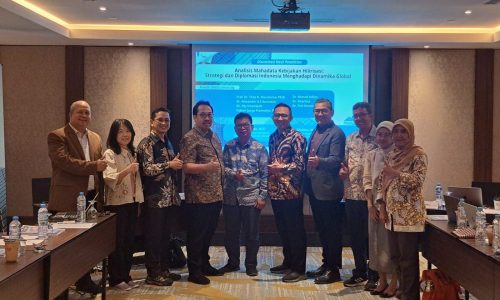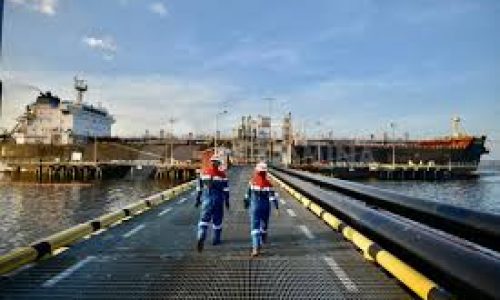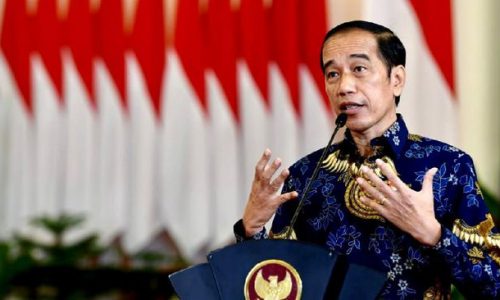The Upstream oil and gas regulatory task force (SKK Migas) has recorded state revenue of US$7.6 billion (Rp114 trillion) for the first half of 2024 or beyond the state revenue target of US$5.41 billion (Rp 81 trillion) of the same period.
The task force noted that besides the increasing oil price, the hike of state revenue from upstream oil and gas sector is contributed also by its success in cost efficiency at all level. Until June 2024, the realization of cost recovery was recorded at US$3.3 billion from US$3.47 billion stipulatied in the State Budget (APBN) or 4 percent lower. It shows that SKK Migas and oil and gas contractors have been successful in controlling cost recovery by applying efficiency and maintaining productivity.
“The success of SKK Migas and oil and gas contractors in maintaining cost recovery spending below the ceiling set by the government, shows that oil and gas industry is successful in maintaining efficiency and productivity,” Head of SKK Migas, Dwi Soetjipto, said in Jakarta on Friday, July 19, 2024.
Dwi said that as of June 2024 oil lifting was recorded at 576 thousand barrels of oil per day (BOPD) and gas flow at 5,301 million cubic feet per day (MMSCFD).
Unoptimization of oil lifting is due to the realization of the development of well drilling program that is not optimal due to rig availability and flooding in several locations so that lifting using trucks cannot be done.
Meanwhile, gas distribution recorded a better performance with the realization of gas distribution until June 2024 at 5,301 MMSCFD, an increase compared to the realization in the same period last year of 5,326 MMSCFD.
“Natural gas forum activities and efforts to encourage gas absorption have succeeded in obtaining buyers who will increase gas absorption until the end of 2024 with a prognosis of year-end gas distribution which is expected to reach around 5,554 MMSCFD or higher than the realization in 2022 which amounted to 5,347 MMSCFD. If successfully realized, then for 2 (two) consecutive years gas flow will increase,” Dwi said.
He added that gas distribution should be even higher, because in East Java there is an excess of up to 150 MMSCFD of gas that cannot be absorbed due to the unconnected gas pipeline that distributes gas from East Java to West Java.
“Upon seeing more gas projects in the future, coupled with the government’s efforts to connect gas pipelines from Sumatra to Java, we are optimistic that in the future domestic gas absorption will continue to increase,” he noted.









